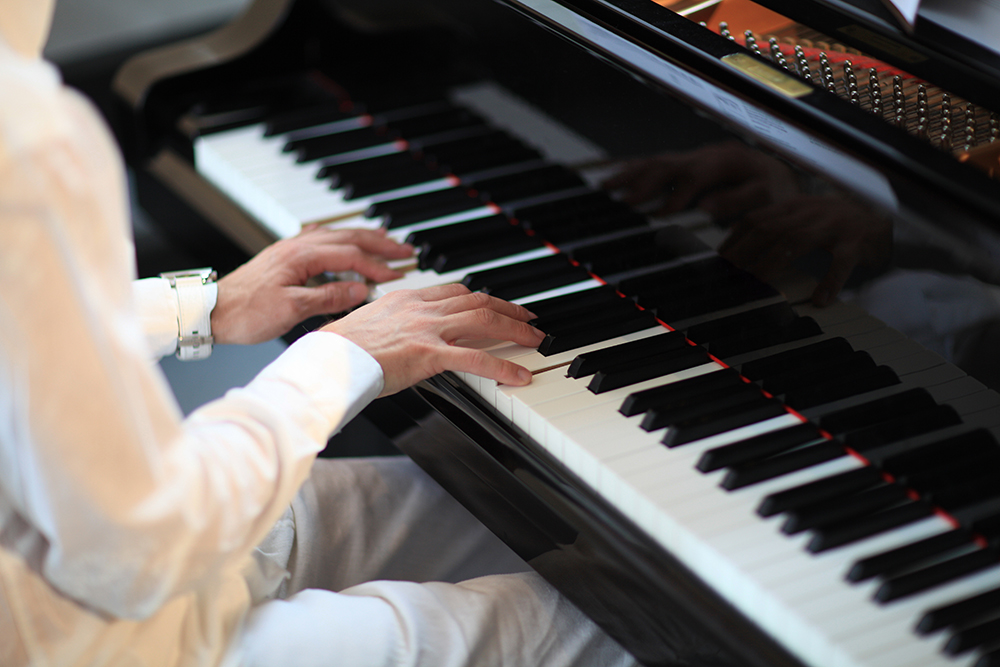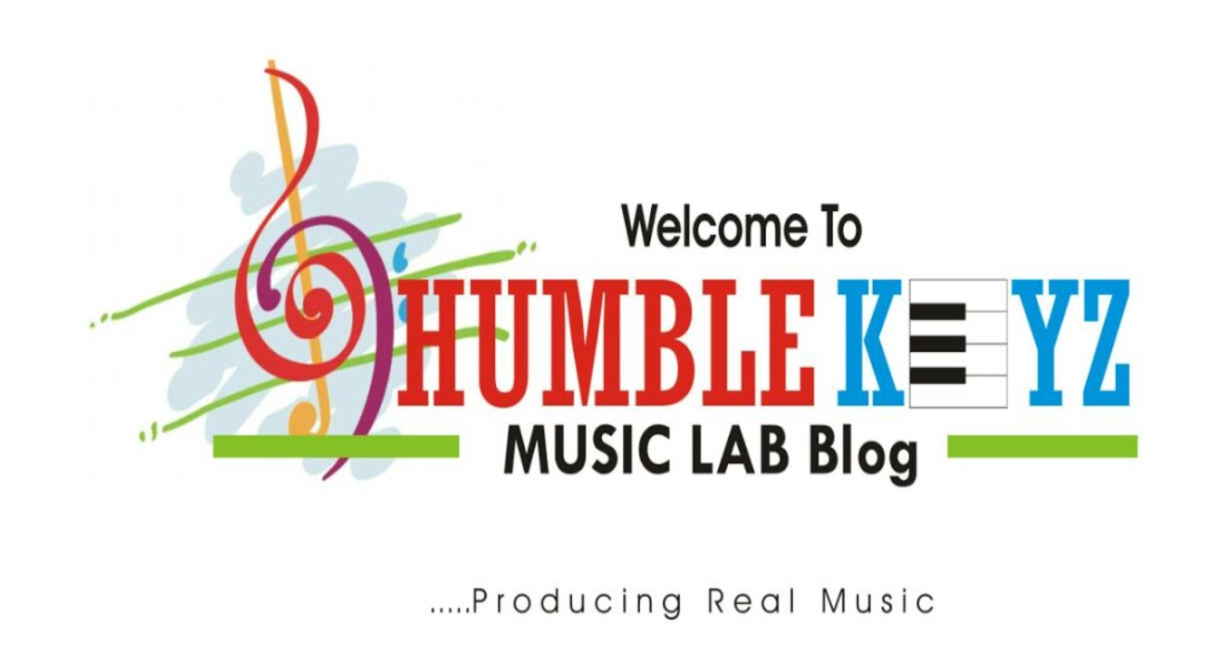
If you want to know why augmented triads are not common, you’re on the right page.
Unlike major and minor triads, augmented triads are rarely used. This is not just for beginners; intermediate and advanced players too will agree to how less frequent the harmony of the augmented triad is.
Depending on the genre of music you’re playing, it’s possible to play for 1 year, 3, years, 7 years, 20 years, or a lifetime without playing an augmented triad. Trust me!
Submission: Advanced students are aware that the augmented triad can be used as an upper-structure to form other chords, but the reference to the augmented triad in this lesson is as a unique chord (and not an upper-structure).
You’ll find out the reason why the augmented triad is rare. Read on!
A Breakdown Of Scale Degree Chords In The Major Key
In the major key, there are seven unique tones. The key of C major (our reference):
SOURCE
HEARANDPLAY.COM

